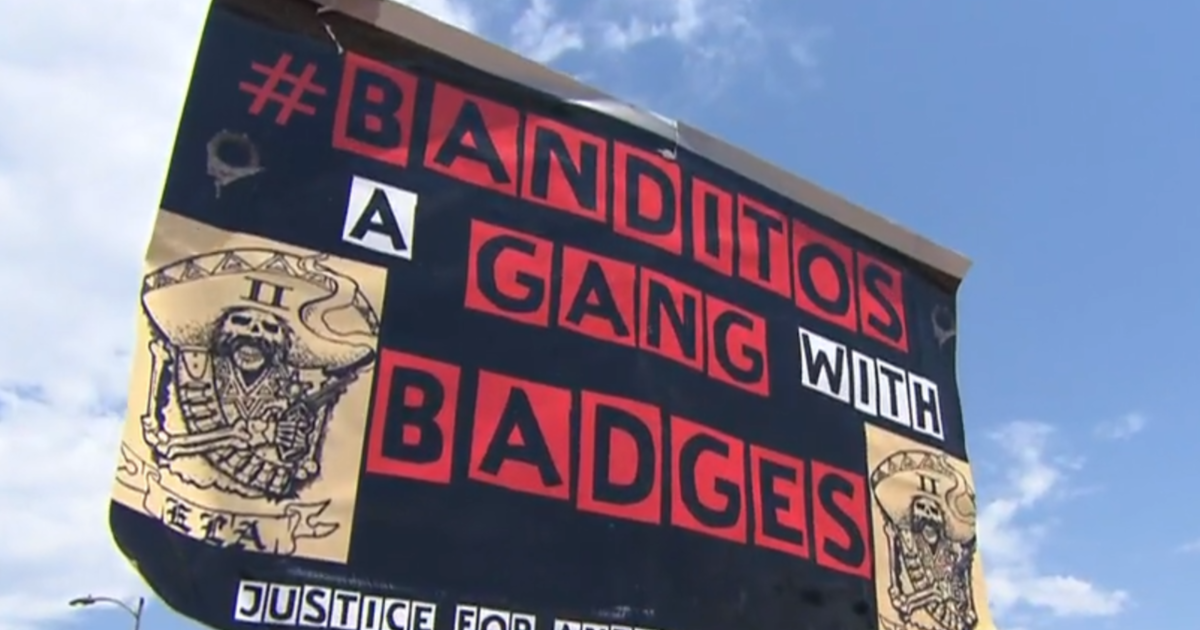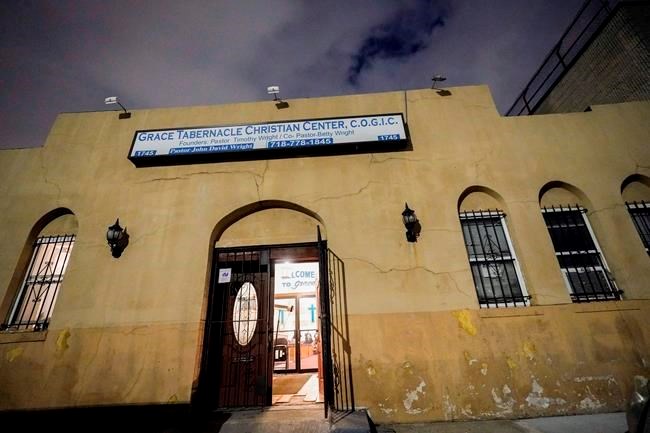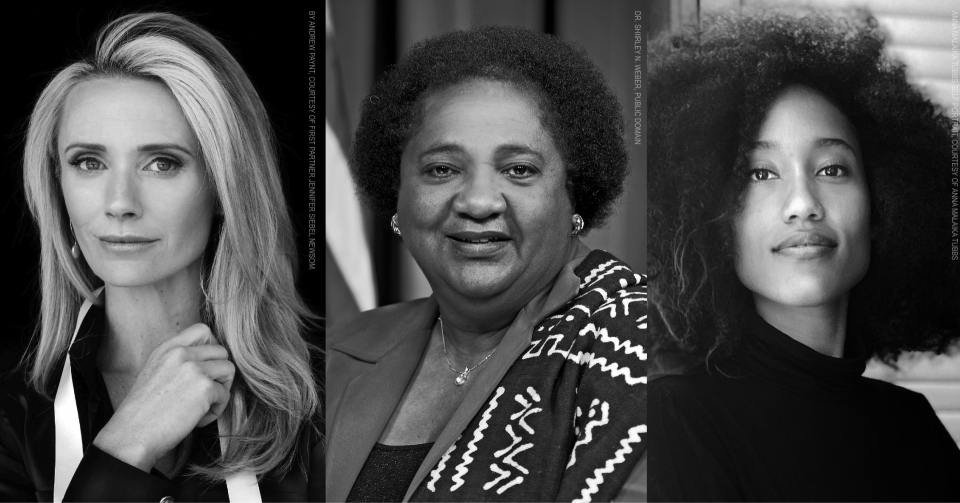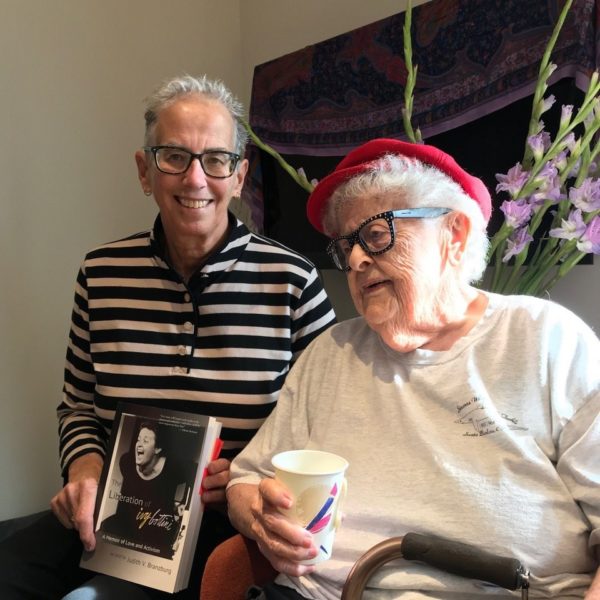By Jim Logan
By now, the bare-bones story of the Chicano Movement is well known: Brave, determined men like César Chavez and Sal Castro in California 50 years ago pushed society to recognize the civil rights of Latinos and opened new opportunities in politics and education.
A new book, however, demonstrates that El Movimiento was much more diverse and dynamic than the casual history recounts. “Rewriting the Chicano Movement: New Histories of Mexican American Activism in the Civil Rights Era” (The University of Arizona Press, 2021), edited by UC Santa Barbara scholars Mario T. García and Ellen McCracken , brings a fresh depth and inclusionary take on the decades-long struggle.
“Some 50 years after the key manifestations of the movement, it is necessary to reexamine the history of the Chicano Movement in a more encompassing way to include, for example, the role of women in the movement, the greater stress on the role of artists in the movement, and to stress other Southwestern urban areas not often discussed in movement histories,” said García, a professor of Chicano and Chicana Studies. “It is important to rewrite the history of the Chicano Movement so […]
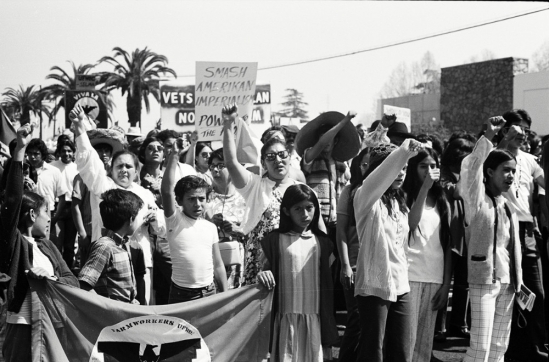

United Farm Workers protest, circa 1970. | Credit: PATRICIA LÓPEZ-BORON
Add a comment

